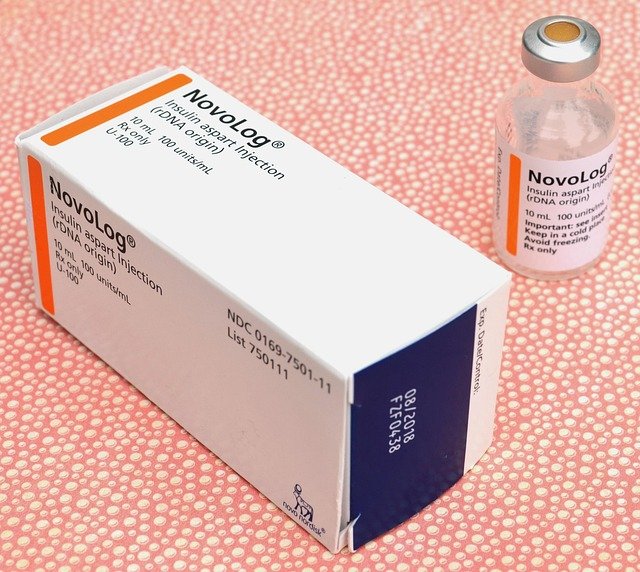Understanding Psoriasis Injections: How They Work and What to Expect
Psoriasis injections represent an advanced treatment option for individuals with moderate to severe psoriasis who haven't responded adequately to topical therapies. These specialized medications target specific components of the immune system that drive psoriasis symptoms, offering relief by interrupting the inflammatory cascade responsible for rapid skin cell turnover. Understanding how these treatments work in the body and what to expect can help patients make informed decisions about their care.

Psoriasis is a chronic inflammatory skin condition affecting millions worldwide, characterized by raised, red, scaly patches on the skin. When topical treatments and oral medications prove insufficient, injectable biologics and other shot-based therapies often become the next line of defense. These advanced treatments specifically target the immune pathways involved in psoriasis, offering relief for many patients with moderate to severe forms of the disease.
How Psoriasis Shots Work in the Body
Psoriasis injections function by targeting specific components of the immune system that drive inflammation. Most commonly, these medications are biologics—protein-based drugs created from living cells that target precise parts of the immune system. TNF-alpha inhibitors (like adalimumab and etanercept) block tumor necrosis factor, a protein that promotes inflammation. IL-17 inhibitors (secukinumab, ixekizumab) target interleukin-17, while IL-23 inhibitors (guselkumab, risankizumab) block interleukin-23—both key proteins in the inflammatory cascade of psoriasis. By interrupting these specific pathways, these medications can dramatically reduce skin inflammation, slow excessive skin cell production, and allow affected skin to heal.
Non-biologic injectable options include methotrexate, which works by suppressing the immune system more broadly and reducing cell proliferation. Unlike topical treatments that work only at the skin’s surface, injectable medications circulate throughout the body, addressing the systemic nature of psoriasis inflammation.
Typical Treatment Schedules and Administration Methods
Psoriasis injection schedules vary depending on the specific medication. Most biologics follow an induction phase with more frequent dosing, followed by a maintenance phase with less frequent injections. For example, some medications might require weekly injections initially, then transition to once every two or four weeks. Others might be administered every 8-12 weeks after initial loading doses.
Administration methods typically fall into two categories: subcutaneous injections (delivered into the fatty tissue just under the skin) and intravenous infusions (delivered directly into a vein). Subcutaneous injections are more common and can often be self-administered at home using pre-filled syringes or auto-injector pens designed for ease of use. These injections are typically given in the thigh, abdomen, or upper arm. Intravenous treatments require visits to a healthcare facility where the medication is administered over a period of time, ranging from 30 minutes to several hours depending on the specific drug.
Possible Effects and What Patients Might Notice
Patients beginning psoriasis injections often experience significant improvement in symptoms, though the timeline varies. Some may notice changes within days, while others might require several weeks before seeing substantial improvement. The most noticeable effects typically include reduction in redness, scaling, and thickness of psoriasis plaques. Many patients report decreased itching and discomfort as well.
Side effects vary by medication but commonly include injection site reactions such as redness, swelling, or mild pain. Since these medications affect the immune system, patients may experience an increased risk of infections, particularly upper respiratory infections. Some people report headaches, nausea, or flu-like symptoms after injections. More serious but less common side effects can include allergic reactions, blood disorders, or exacerbation of certain medical conditions.
Long-term effects can include sustained clearance of psoriasis symptoms for many patients, though effectiveness may diminish over time for some. Regular monitoring through blood tests and clinical evaluations helps healthcare providers track both treatment efficacy and potential adverse effects.
Factors That Can Influence Treatment Response
Not all patients respond identically to psoriasis injections, with several factors influencing treatment outcomes. Body weight can affect how medications are metabolized and distributed, potentially impacting effectiveness—some medications require weight-based dosing. The specific type and severity of psoriasis also matters; certain biologics work better for particular psoriasis subtypes. For instance, some medications may be more effective for plaque psoriasis than for pustular or erythrodermic forms.
Genetic factors play a significant role in treatment response, though predicting individual responses remains challenging. Comorbidities such as psoriatic arthritis, inflammatory bowel disease, or other autoimmune conditions may influence both medication selection and response. Lifestyle factors including smoking, alcohol consumption, and stress levels can also impact treatment effectiveness, with smoking particularly associated with poorer responses to some biologics.
Medication adherence is crucial—missing doses or inconsistent administration can significantly reduce treatment efficacy and potentially lead to antibody development against the medication, further diminishing its effectiveness over time.
Planning Considerations Before Starting Therapy
Before beginning injectable psoriasis treatments, thorough screening is essential. Healthcare providers typically conduct comprehensive blood tests to check liver and kidney function, complete blood counts, and screen for infections like tuberculosis and hepatitis. Vaccination status should be reviewed and updated if possible, as some immunizations (particularly live vaccines) may be contraindicated once on certain biologics.
Insurance coverage and cost considerations are significant, as biologic treatments can be expensive. Many manufacturers offer patient assistance programs to help manage costs. Patients should discuss with their healthcare providers how the treatment might affect family planning, as some medications are not recommended during pregnancy or breastfeeding.
Practical preparations include learning proper injection techniques if self-administering, understanding proper storage requirements (many biologics require refrigeration), and establishing a consistent schedule for treatments. Setting realistic expectations about treatment timelines and potential side effects helps patients prepare mentally for the treatment journey.
Developing a monitoring plan with healthcare providers ensures regular assessment of both treatment effectiveness and potential side effects, allowing for timely adjustments if needed.
This article is for informational purposes only and should not be considered medical advice. Please consult a qualified healthcare professional for personalized guidance and treatment.


